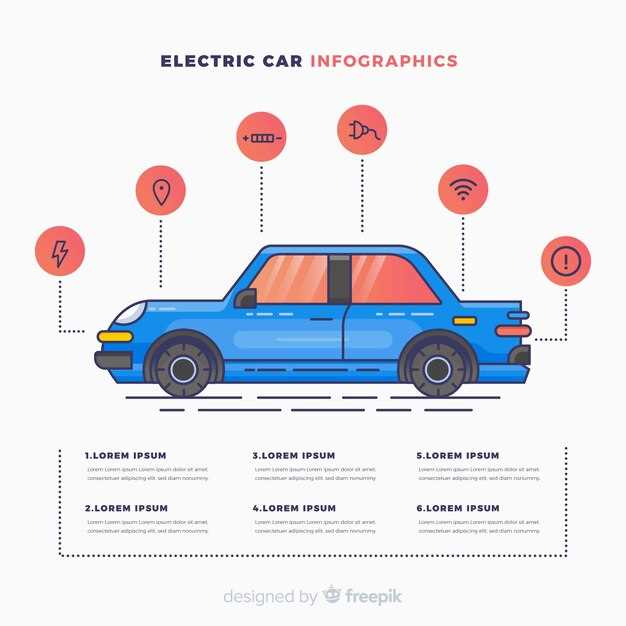
The Toyota Prius, a name synonymous with hybrid technology, has undergone significant transformations since its inception. Launched in 1997, the Prius was the world’s first mass-produced hybrid car, setting a benchmark for environmentally friendly vehicles. Over the years, this innovative model has evolved to meet the demands of a changing automotive landscape, incorporating advanced technology, enhanced efficiency, and improved design.
As the automotive industry shifted towards sustainability, the Prius emerged as a leader in eco-friendly transportation. Each generation of the Prius has introduced cutting-edge features aimed at reducing emissions and improving fuel economy. With a focus on both performance and environmental responsibility, the Prius has paved the way for a new era of cars that prioritize sustainability without compromising on functionality.
From its iconic exterior to its refined interior, the Toyota Prius has continuously adapted to consumer needs while staying true to its eco-conscious roots. This article delves into the evolution of the Prius through the years, highlighting the key advancements and milestones that have solidified its status as a pioneer in the hybrid vehicle market.
Key Technological Advancements in Prius Models

The Toyota Prius has undergone significant technological advancements since its inception, solidifying its status as a leader in the hybrid vehicle market. One of the most noteworthy innovations is the introduction of the Hybrid Synergy Drive, which optimizes energy usage by seamlessly integrating a gasoline engine with electric motors, enhancing fuel efficiency and reducing emissions.
In the second generation (2004-2009), the Prius featured a regenerative braking system, capturing kinetic energy during braking and converting it back into usable electric energy. This system not only improves battery efficiency but also increases the overall driving range of the hybrid.
Later models, beginning with the third generation (2009-2015), saw enhanced aerodynamics, including a lower center of gravity and refined body shape, which contributed to better fuel economy and driving performance. The adoption of lightweight materials allowed for reduced overall vehicle weight, further improving efficiency.
In the fourth generation (2016-present), Toyota took a leap forward with the introduction of the Toyota New Global Architecture (TNGA). This platform offers improved rigidity, stability, and handling, allowing for a more dynamic driving experience in hybrid vehicles.
Furthermore, advancements in battery technology have been pivotal, with newer models equipped with high-capacity lithium-ion batteries. These batteries provide a greater energy density, thus enabling longer electric-only driving ranges and shorter recharge times.
Additionally, the integration of advanced driver-assistance systems (ADAS) in recent Prius models enhances safety and convenience. Features such as adaptive cruise control, lane departure alert, and pre-collision systems utilize both hybrid technology and artificial intelligence to create a more secure driving environment.
Overall, the progression of technology in the Toyota Prius is marked by continuous improvements in efficiency, performance, and safety, making it a benchmark in the hybrid vehicle segment.
Impact of Prius on the Hybrid Vehicle Market

The Toyota Prius has had a profound impact on the hybrid vehicle market since its debut in the late 1990s. As one of the first mass-produced hybrid cars, the Prius set a benchmark for fuel efficiency and eco-friendliness in the automotive industry. This pioneering model proved that hybrid technology could be both practical and appealing to a wide range of consumers.
With its innovative hybrid powertrain, the Prius demonstrated the potential of electric and gasoline synergy, leading to increased interest in alternatives to traditional combustion engines. This sparked competition among major automakers, prompting them to invest in their own hybrid technologies. The visibility of the Prius established a new segment within the market, bridging the gap between conventional vehicles and fully electric options.
The success of the Prius led to a diversification of hybrid models, with various manufacturers launching their vehicles aimed at different consumer preferences and price points. This expansion has not only made hybrids more accessible but also stimulated advancements in battery technology and energy efficiency across the industry. As a result, hybrids have gained popularity and acceptance, contributing to a broader movement towards sustainable transportation.
Furthermore, the Prius’s status as a symbol of environmental responsibility has influenced consumer behavior, driving demand for green vehicles. As awareness of climate change and energy conservation grows, the hybrid segment continues to flourish, largely due to the pioneering work of the Prius. The model’s legacy emphasizes the importance of innovation in shaping the automotive landscape towards a more sustainable future.
Comparative Analysis of Prius Generations and Their Features
The Toyota Prius has undergone significant evolution since its initial launch in 1997. Each generation has brought enhancements in technology, efficiency, and design. Below is a comparative analysis of the different Prius generations along with their key features.
-
First Generation (1997-2003)
- Hybrid Synergy Drive: Introduced the innovative hybrid system combining a gasoline engine and electric motor.
- Fuel Efficiency: Achieved around 41 mpg in the city and 38 mpg on the highway.
- Design: Featured a compact and aerodynamic shape, emphasizing efficiency.
-
Second Generation (2004-2009)
- Increased Interior Space: Larger cabin and enhanced cargo capacity compared to the first generation.
- Fuel Economy: Improved fuel efficiency, averaging 48 mpg combined.
- Technology: Introduced features such as a smart key system and LCD display for energy monitoring.
-
Third Generation (2010-2015)
- Refined Engine: Featured a more efficient 1.8-liter engine that contributed to better performance.
- Enhanced Aerodynamics: Redesigned for even lower drag coefficient, improving fuel economy to approximately 50 mpg combined.
- Advanced Technology: Offered options like solar-powered ventilation and advanced navigation systems.
-
Fourth Generation (2016-Present)
- Platform Upgrade: Built on the TNGA (Toyota New Global Architecture) platform for improved stability and handling.
- Dynamic Design: More aggressive styling and LED headlights for enhanced visibility.
- Safety Features: Equipped with Toyota Safety Sense, including pre-collision systems and lane departure alert.
Each Prius generation has contributed to the vehicle’s reputation as a leader in hybrid technology. The enhancements in efficiency, design, and technology reflect Toyota’s commitment to sustainable driving solutions.




